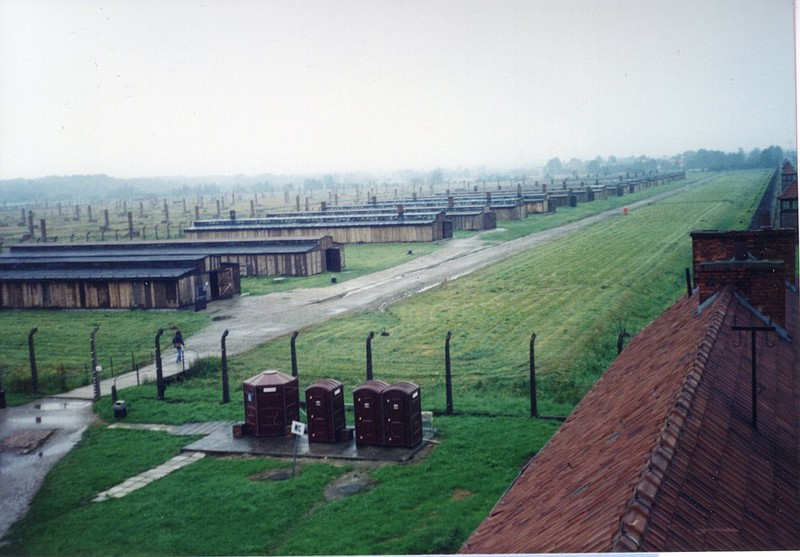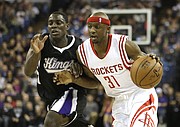The foreboding overcast rainy afternoon that memorable Sept. 1 was a fitting backdrop for our visit to Auschwitz.
This year marks the 80th anniversary of the outbreak of World War II. On Sept. 1, 1939, Hitler's army, without provocation or warning, initiated a long-planned invasion of Poland from the west. Seventeen days later Stalin's Soviet Union struck its hapless neighbor from the east. Together they mercilessly dismembered Poland.
Soon afterward Hitler established Auschwitz in occupied Poland.
The Holocaust museum, near the Polish town of Oswiecim, lies 43 miles from Krakow, the nation's cultural center. It was our destination.
"It has been raining in Poland for a month," the taxi driver said in a strained English, his hands leaving the steering wheel as we glided over the narrow-lane rain-slick asphalt in the wake of an overbooked minibus. Like many Poles, he had relatives in Chicago.
Jordan Tours in Krakow had hired the cab for us and an Australian couple when the bus filled too soon. The Aussie had been born in a German Displaced Persons camp of Polish parents after the war. This was his first trip to Poland. I sat in front with the driver and engaged him in conversation. The Australian couple and my wife, Fran, sat in the back.
The weather set the proper mood for one of history's most tragic settings, the infamous Nazi death factory. Tourists slogged through mud from one building to another, where victims had endured deeper mud and unspeakable terror. Guided by a somber English-speaking blonde Polish woman still in her twenties, I began photographing the dismal scenes and exhibits.
The images piled up fast, evoking the unimaginable horrors of the 1940s.
Though 90% of the 2 1/2 million victims of Auschwitz and its companion camp Berkenau were Jews, the Nazis also murdered Polish resistance fighters, political prisoners, Soviet POWs, homosexuals, Gypsieswhomever they despised and classified as subhuman.
The museum is a memorial to sacrificed humanity.
No one who has been there, even as a tourist, will forget Auschwitz. The experience becomes a part of you. You are there, and there will be with you thereafter, the rest of your life. The scenes provide a real-life emotional setting for movies like "Schindler's List," novels like Imre Hertesz's "Fateless," or Elie Wiesel's unforgettable memoir "Night." The artistic depictions evoke reality. Auschwitz is reality.
"How long have you been directing this tour?" I asked the guide between stops.
"A few years," she said.
"It must be painful to do this, over and over."
Her face was grave. "It is important to do."
Darkness had closed in when we got back to Krakow, as it had in Poland so many decades before.
We will never forget Auschwitz.
It is important to go. To see. To feel. To tell. To remember.




